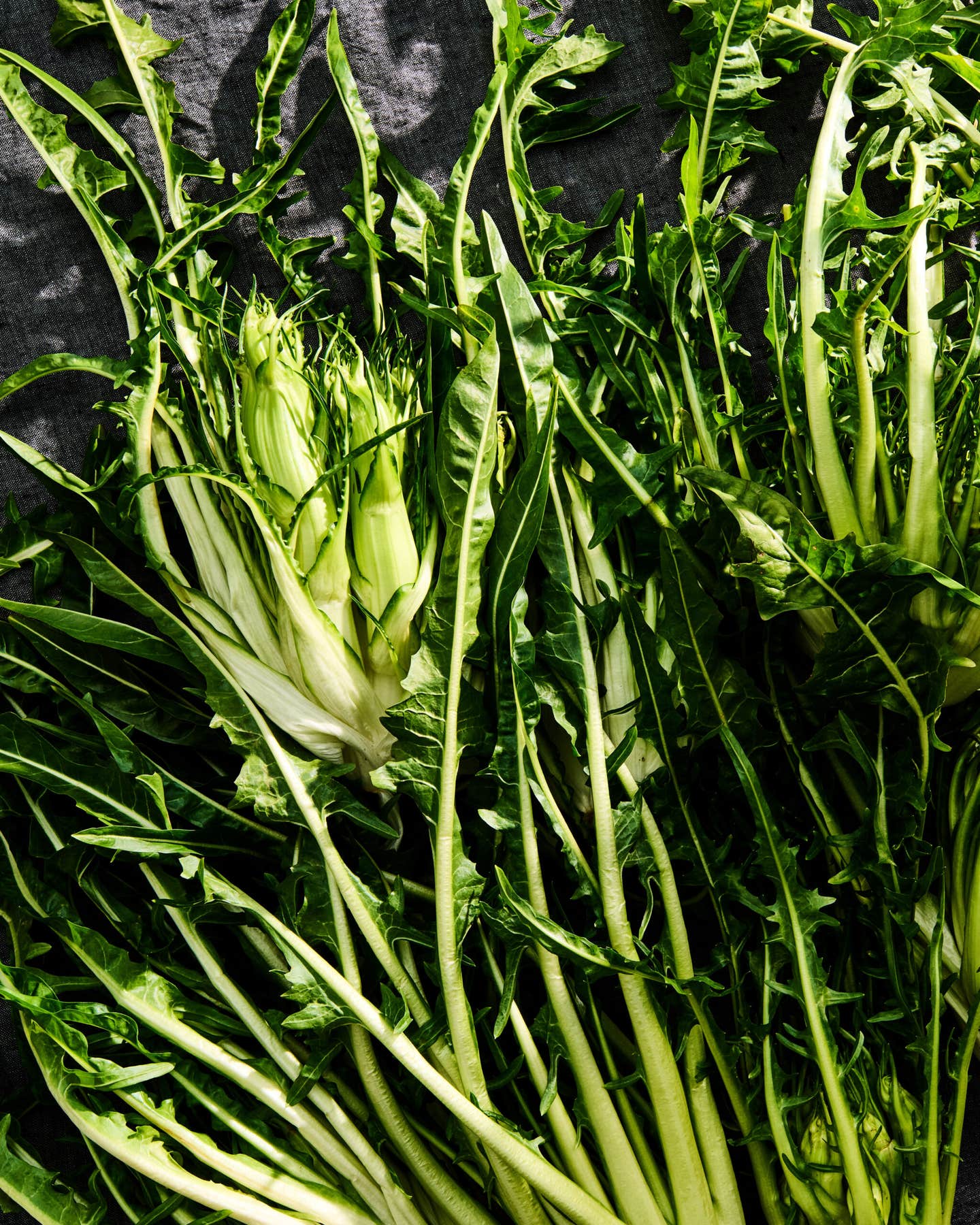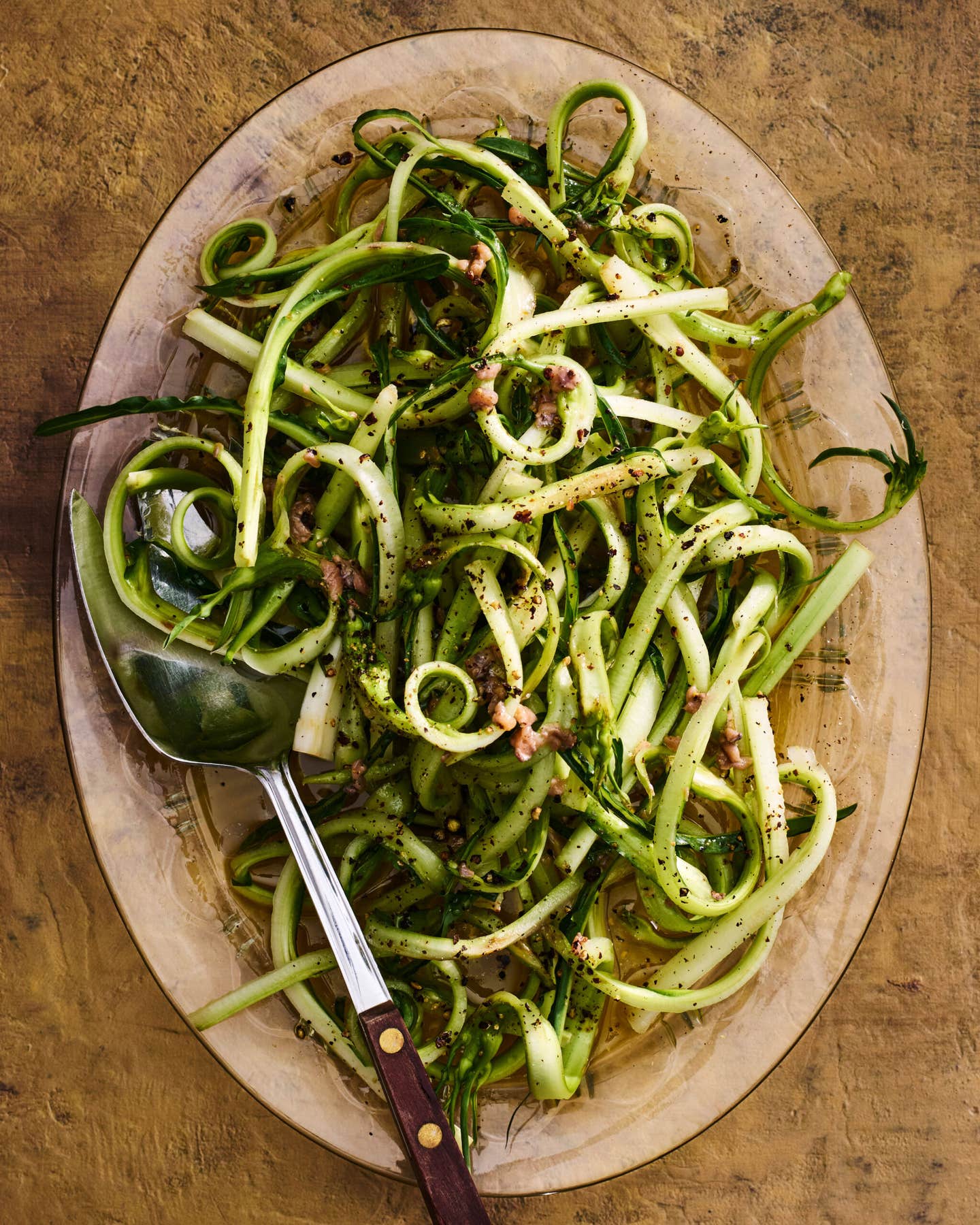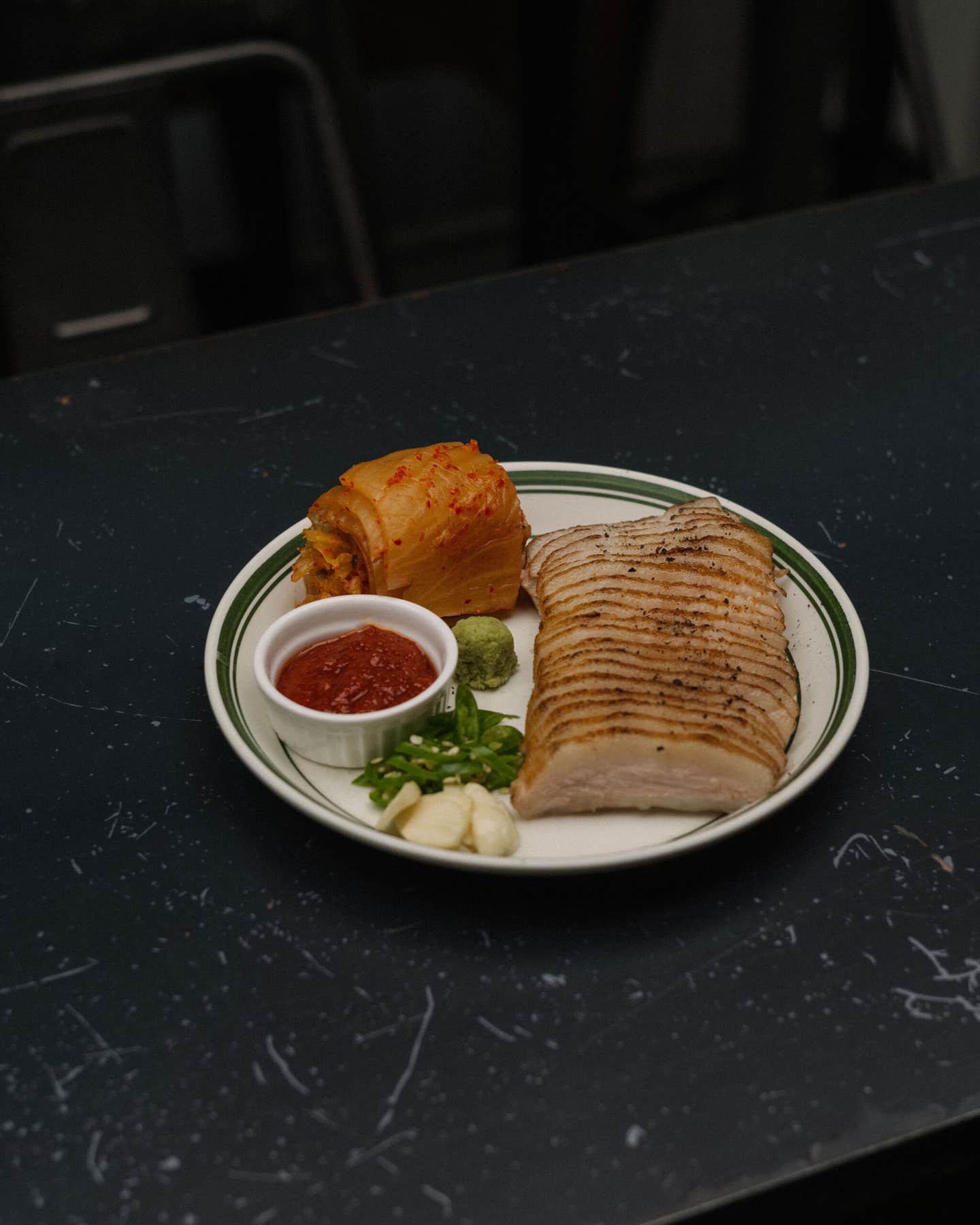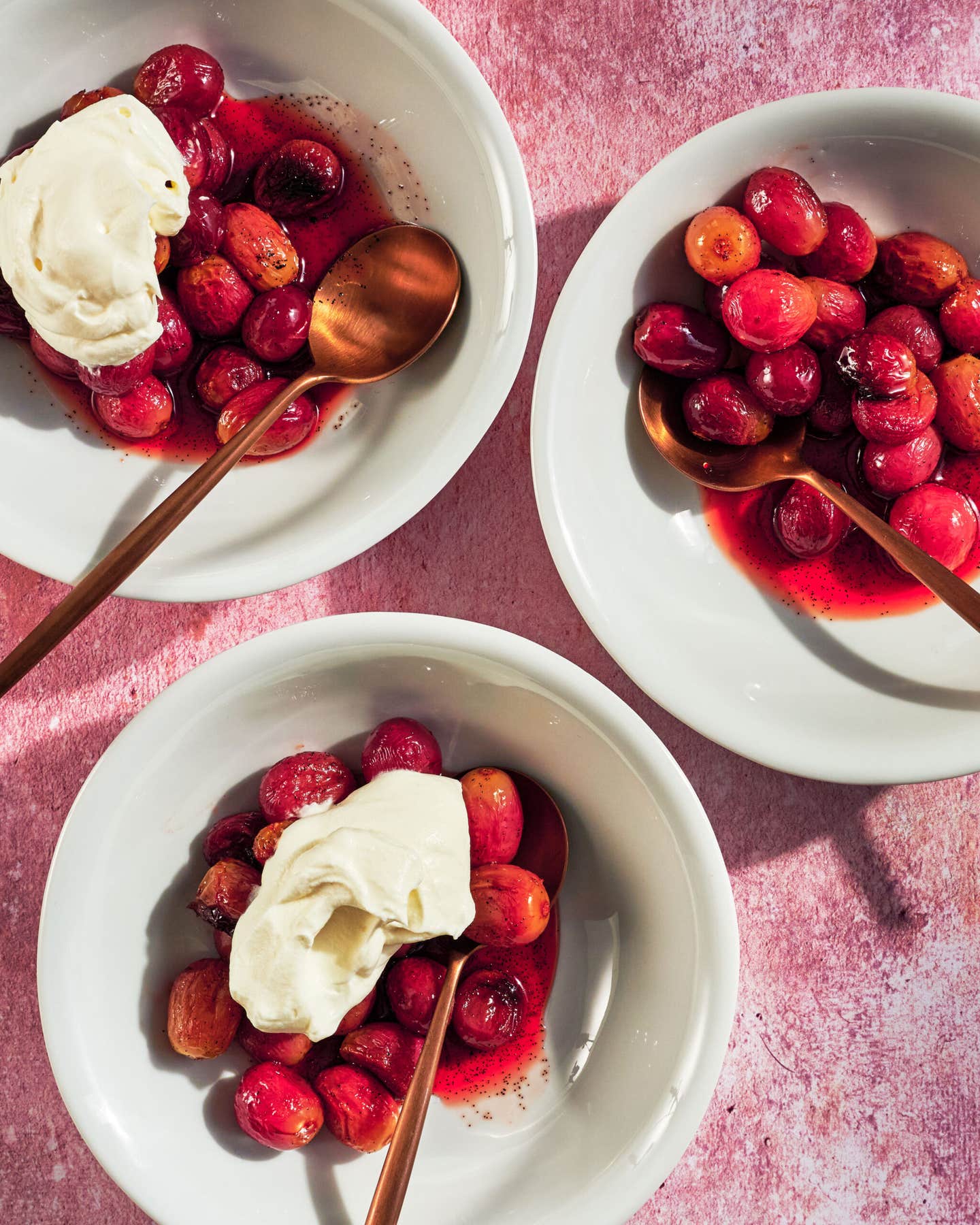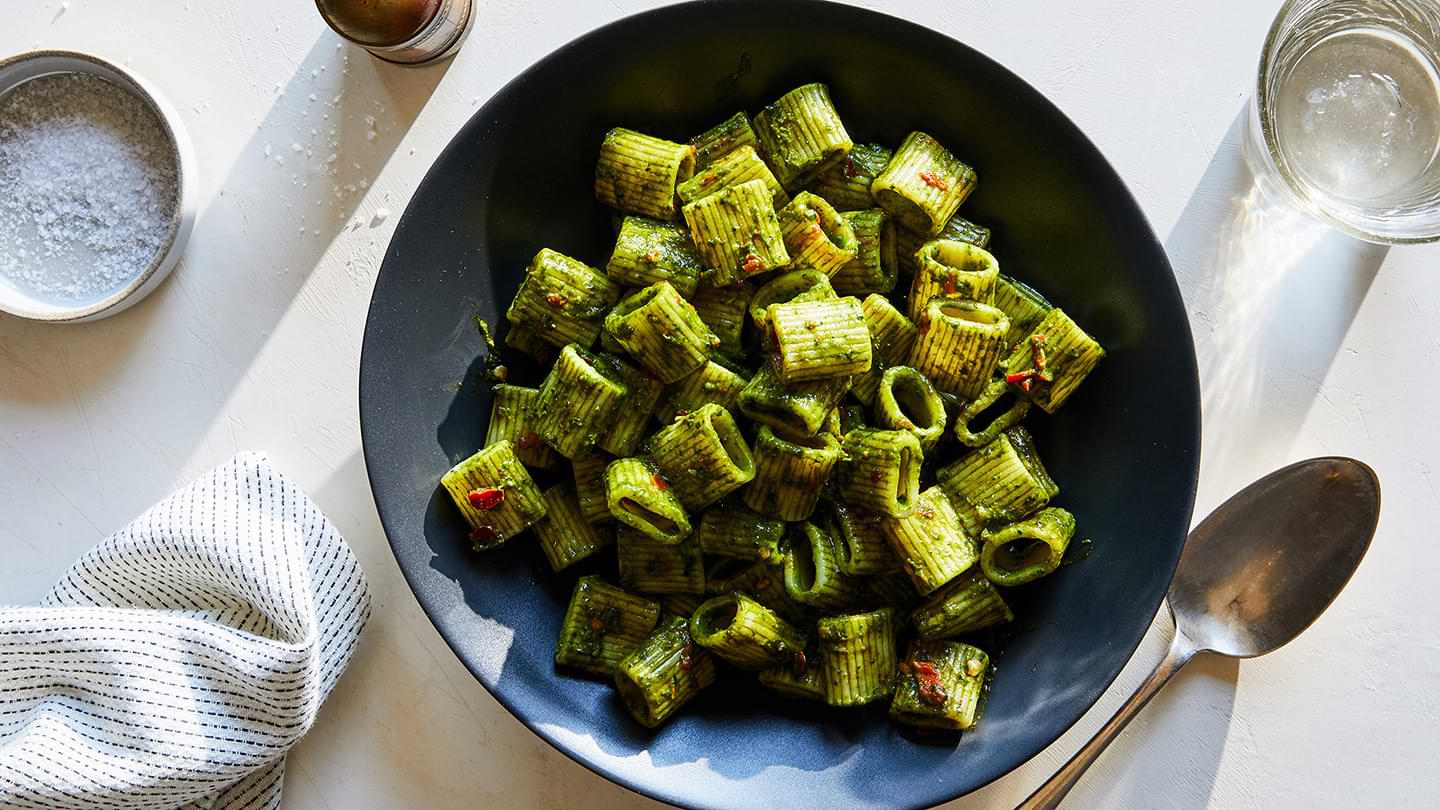
Techniques
Mexican and Central American Produce
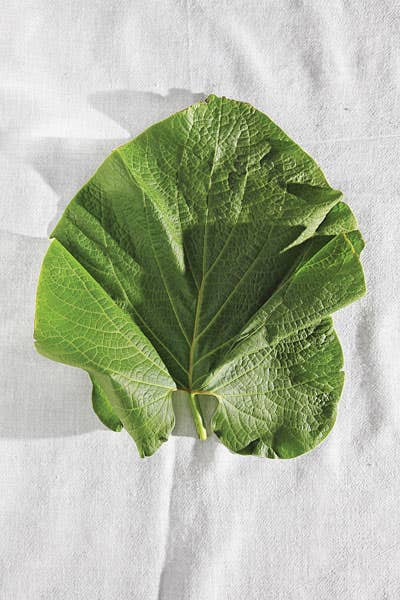
This Mexican aromatic is often used whole, to wrap fish or meat for grilling. The leaves have a sweet, almost root beer-like aroma. Todd Coleman
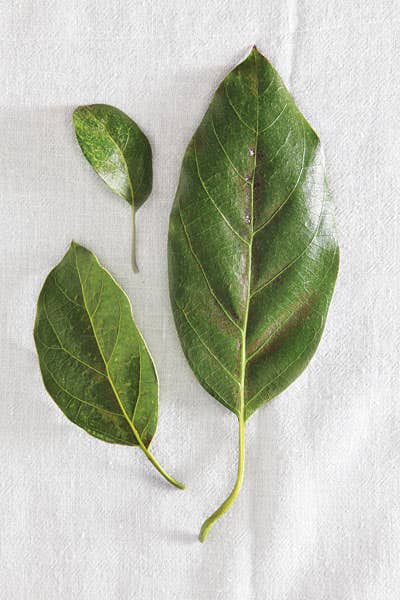
The leaves of the avocado tree, often toasted and ground, lend an anise flavor to stewed black beans, tamales, and other dishes. Todd Coleman
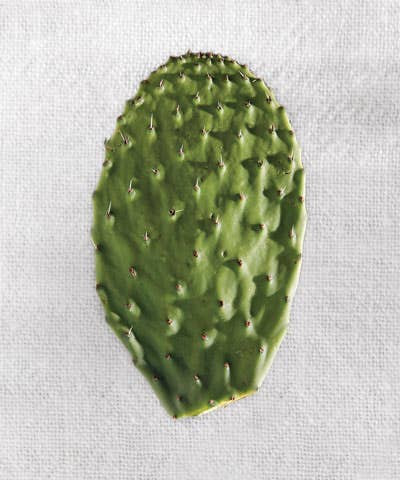
The mildly tart paddles of the prickly pear cactus have a slimy texture and, boiled and chopped, are popular in tacos, salads, and enchiladas. Todd Coleman
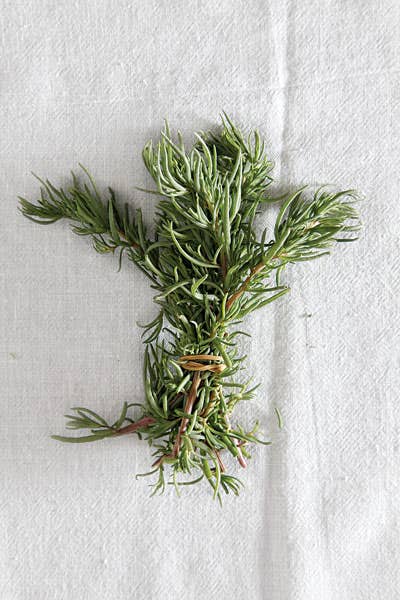
More subtle than rosemary, this herb lends a lemony tang to stews and moles. The edible stem has a milder taste than the leaves. Todd Coleman
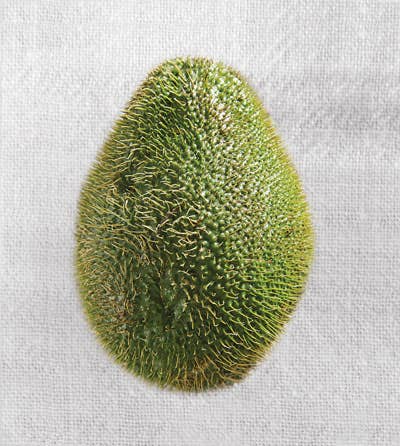
This fruit (which comes in a smooth-skinned variety too) has a zucchini-like taste and is often used in soups. Todd Coleman
ADVERTISEMENTADAD
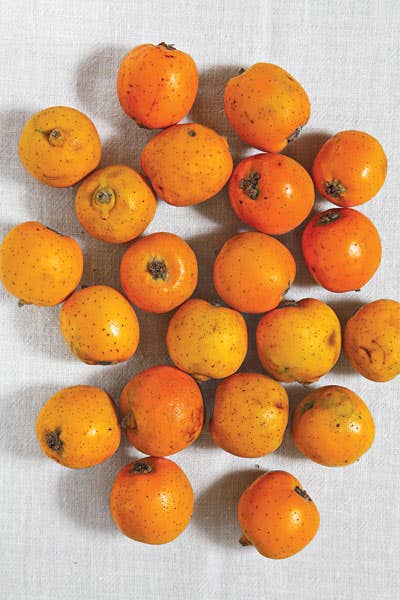
This sweet, crab apple-size winter fruit becomes tender when cooked. Tejocote is the main ingredient in ponche, a Mexican hot punch. Todd Coleman
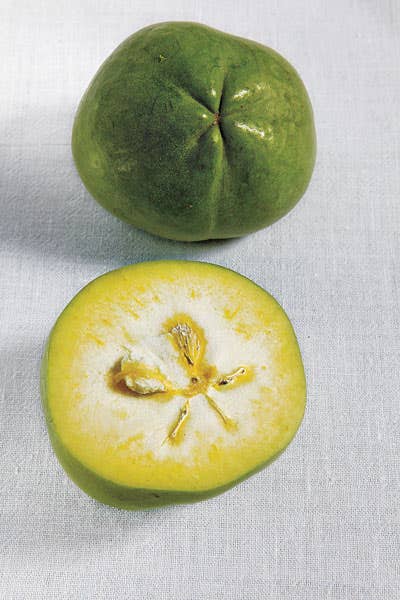
The fruit of the sapote tree (an unripe one is pictured) has a custardy texture and pumpkin-like flavor. It can be eaten out of hand as a snack. Todd Coleman
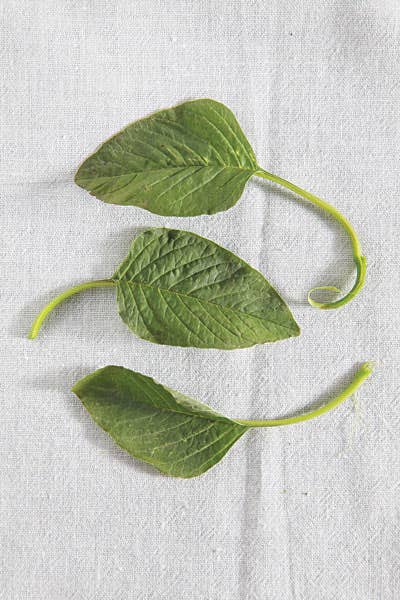
These leaves have a spinach-like taste. They can be steeped to make tea, used in moles and soups, or served sauteed. Todd Coleman
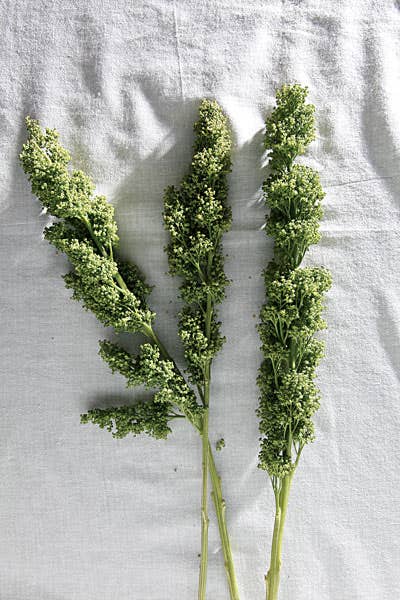
This central Mexican herb, with its sprigs of tiny, broccoli-like flowers, has a sweet flavor and may be added to scrambled eggs and sauces. Todd Coleman
Keep Reading
Continue to Next Story
ADVERTISEMENTADAD
